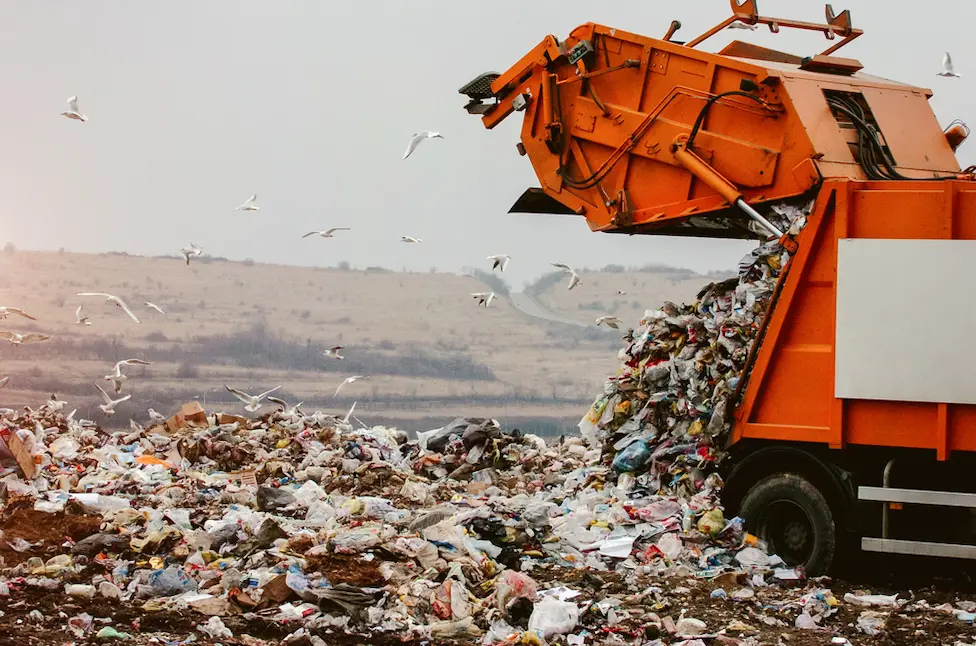In a time when global conversations are centred around environmental awareness, individuals are more inclined to closely examine the components that constitute the products incorporated into their daily lives.
Among the materials under scrutiny is cardboard, a ubiquitous packaging in everything from online deliveries to grocery store shelves. The burning question on many environmentally conscious minds is, “Is cardboard truly biodegradable?”
Understanding Cardboard Composition: A Closer Look
Before we delve into the biodegradability of cardboard, let’s understand what it’s made of. Cardboard is a paper-based material typically composed of three layers: an outer layer, an inner layer, and a corrugated layer sandwiched between. The outer and inner layers are made from paper pulp derived from wood fibres, often sourced from sustainably managed forests.
The corrugated layer, responsible for the strength and rigidity of cardboard, is crafted from a combination of paper and adhesive. The production process involves pressing the layers together, creating a sturdy material ideal for packaging. On the surface, this is a straightforward and eco-friendly composition.
Biodegradability: Breaking It Down
Biodegradability refers to a material’s ability to decompose naturally, courtesy of microorganisms like bacteria and fungi. Theoretically, cardboard, primarily composed of paper, should be biodegradable. However, the reality is a bit more nuanced.
The biodegradability of cardboard hinges on several factors, including environmental conditions, the specific composition of the cardboard, and the presence of contaminants.
In optimal conditions – such as a well-managed composting facility – cardboard can break down relatively quickly. The microbial activity in compost piles aids in the decomposition of cardboard, transforming it into organic matter that enriches the soil.
However, not all cardboard encounters these ideal conditions. In real-world scenarios, cardboard often faces challenges that impede its biodegradation.
For instance, if cardboard is contaminated with non-biodegradable substances like plastic or metal, its ability to break down naturally is severely compromised. Moreover, the degradation process slows down significantly when disposed of in landfills where oxygen is limited.
Recycling as an Alternative
While the biodegradability of cardboard might be hindered in specific environments, the material has a strong ally in recycling. Cardboard is highly recyclable, and recycling facilities worldwide are equipped to process used cardboard into new products. Recycling conserves natural resources and mitigates the environmental impact of cardboard by reducing the need for fresh raw materials.
The recycling process involves breaking down cardboard into fibres, which are then used to create new paper and cardboard products. This closed-loop system significantly contributes to sustainability efforts, making cardboard a valuable resource within the circular economy.
The Role of Consumer Choices
Consumers play a pivotal role in shaping the environmental impact of cardboard. Opting for products with minimal packaging or packaging made from recycled materials can reduce the demand for new cardboard production.
Additionally, separating cardboard from other waste streams and ensuring it reaches recycling facilities enhances the likelihood of it being recycled and used sustainably.
Choosing to reuse cardboard boxes for storage or shipping is another eco-friendly option. By extending the lifespan of cardboard, consumers actively participate in reducing waste generation and the overall environmental footprint.
Cardboard in Context
In conclusion, whether cardboard is truly biodegradable is nuanced and context-dependent. While cardboard has the potential to biodegrade under optimal conditions, its fate often hinges on the specific circumstances it encounters post-use. However, the recyclability of cardboard provides a promising avenue for mitigating its environmental impact.
As consumers, we hold the power to influence the lifecycle of cardboard through mindful choices. We can collectively contribute to a more environmentally friendly relationship with the humble cardboard tube or cardboard box by embracing recycling practices, reducing contamination, and advocating for sustainable packaging alternatives.
Ultimately, the journey toward a greener future involves understanding the materials we use and actively participating in responsible consumption and waste management.

